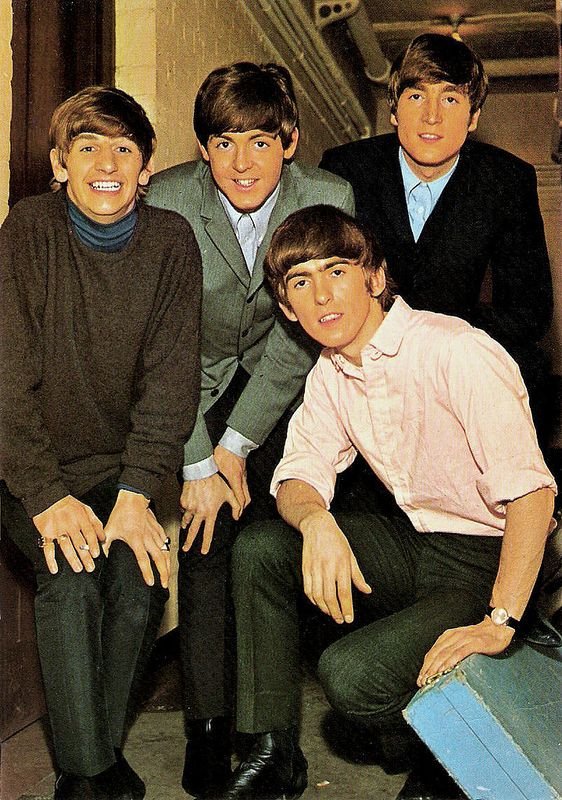If you asked a room of crowded people what they thought the most experimental track by The Beatles of all time was, then an array of answers would be put forward. The simple fact is, they set the blueprint for so many musical styles that they had no one moment of experimental innovation.
It all started in 1966, when the boys decided enough was enough and they would no longer tour. The deafening screams at every show rendered their own creativity somewhat pointless, and the hysteria that followed them between each performance became completely unsustainable. They would no longer be a band that wrote for the sole purpose of touring. From 1966 onwards, it was all about the studio.
With an outrageous bang, they emerged in this new era with Revolver, an album that would make no bones about the trajectory of their future. The closing track, in particular, has been heralded as one of the most innovative of all time. ‘Tomorrow Never Knows’ sounded as though it had been delivered from a dystopic future, with its reverse guitar parts and reverberated vocals defying all preexisting conventions of pop music.
The subsequent success of that song and album meant the band could push further into the depths of experimentalism. Just one year later, they delivered a masterpiece in Sgt. Pepper’s Lonely Hearts Club Band, which, after Magical Mystery Tour, was soon followed by their sprawling double album of myriad ideas: The White Album.
By this point, they had learned they could pretty much go anywhere their ideas took them and still be greeted with a relative amount of acclaim. Sure, there were those who yearned for the good old days of doo-wop, but for the most part, The Beatles were bulletproof and could get away with pretty much anything. And by anything, I mean the double album’s penultimate track, ‘Revolution 9’.
It took their interpretation of abstract to the extreme, with no real discernible melody, not a single traditonal vocal take and no rhythm section. It was the band and in particular Lennon, blurring the lines between music and art. Taking inspiration from visual artist William S. Burroughs, The Beatles’ graphic designer Richard Hamilton, John Cage, and Karlheinz Stockhausen.
Ian MacDonald explained the myriad influences of the song in his book Revolution in the Head: The Beatles’ Records and the Sixties, saying, “While the cut-up texts of Burroughs, the collages of Hamilton, and the musique concrète experiments of Cage and Stockhausen have remained the preserve of the modernist intelligentsia.”
He added, “Lennon’s sortie into sonic chance was packaged for a mainstream audience which had never heard of its progenitors, let alone been confronted by their work.”
But it wasn’t just Lennon bravely going where no other Beatle would willingly go; the rest of the band were on board and less bothered by the prospect of alienating fans. “‘Revolution 9’ was quite similar to some stuff I’d been doing myself for fun. I didn’t think that mine was suitable for release, but John always encouraged me,” explained McCartney.
If anything, it was probably a deliberate move by the band to get rid of any commercial dead weight they thought existed within their fan base. But the reality was quite the contrary. While indeed a fair percentage of Beatles fans have their finger over the skip button ready whenever it looms on the tracklisting, it has still garnered a whopping 14 million streams on Spotify.
